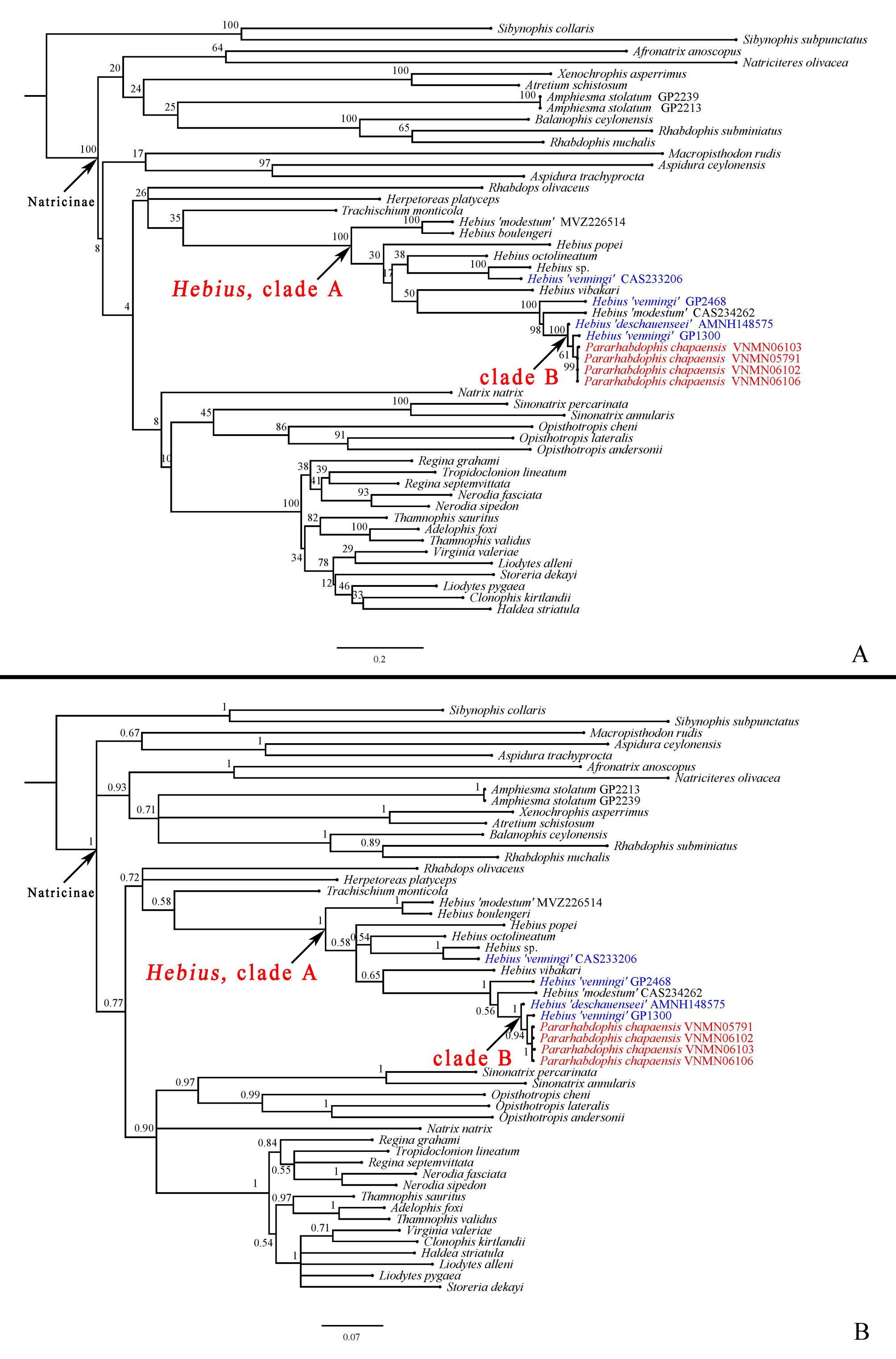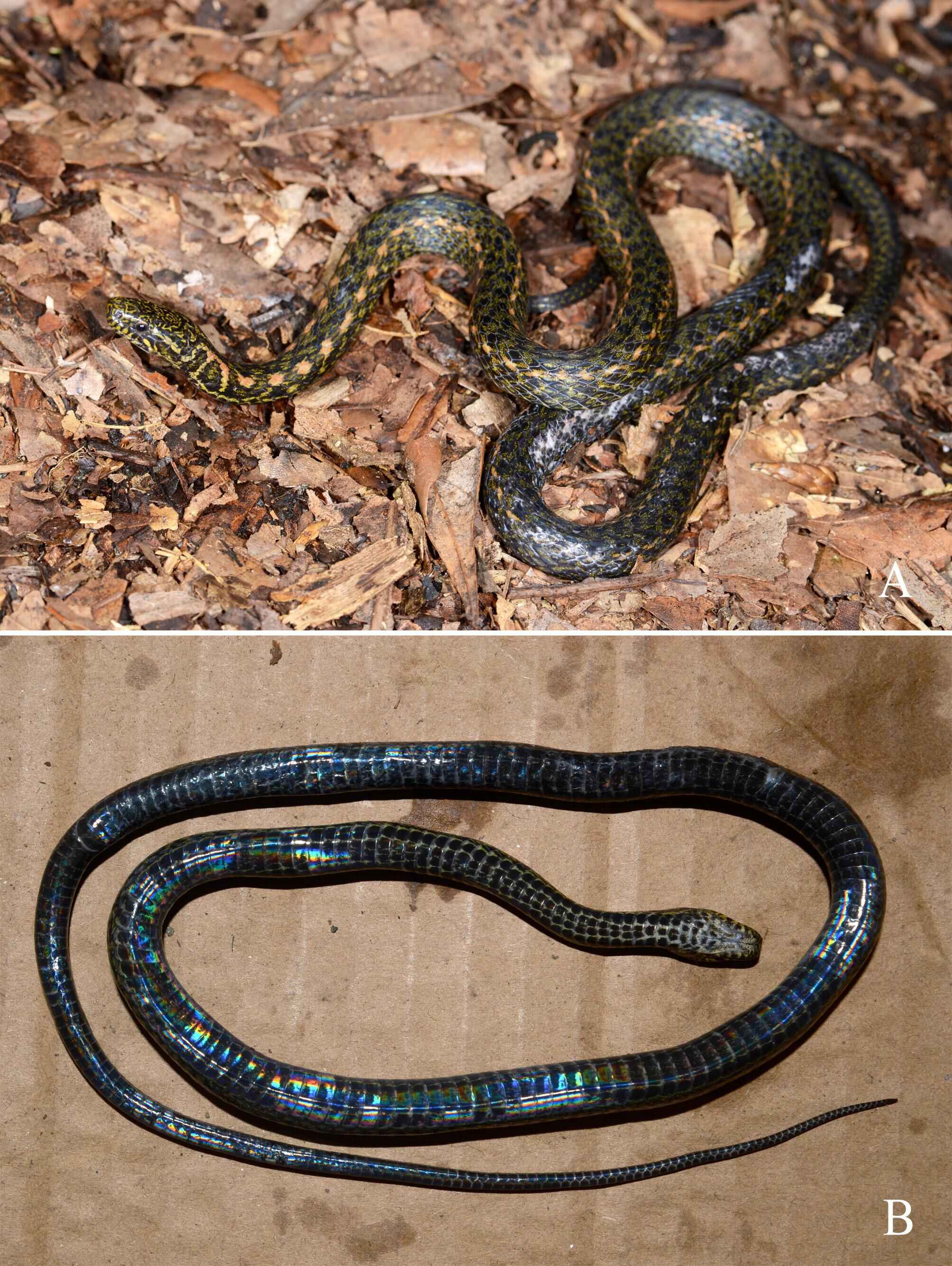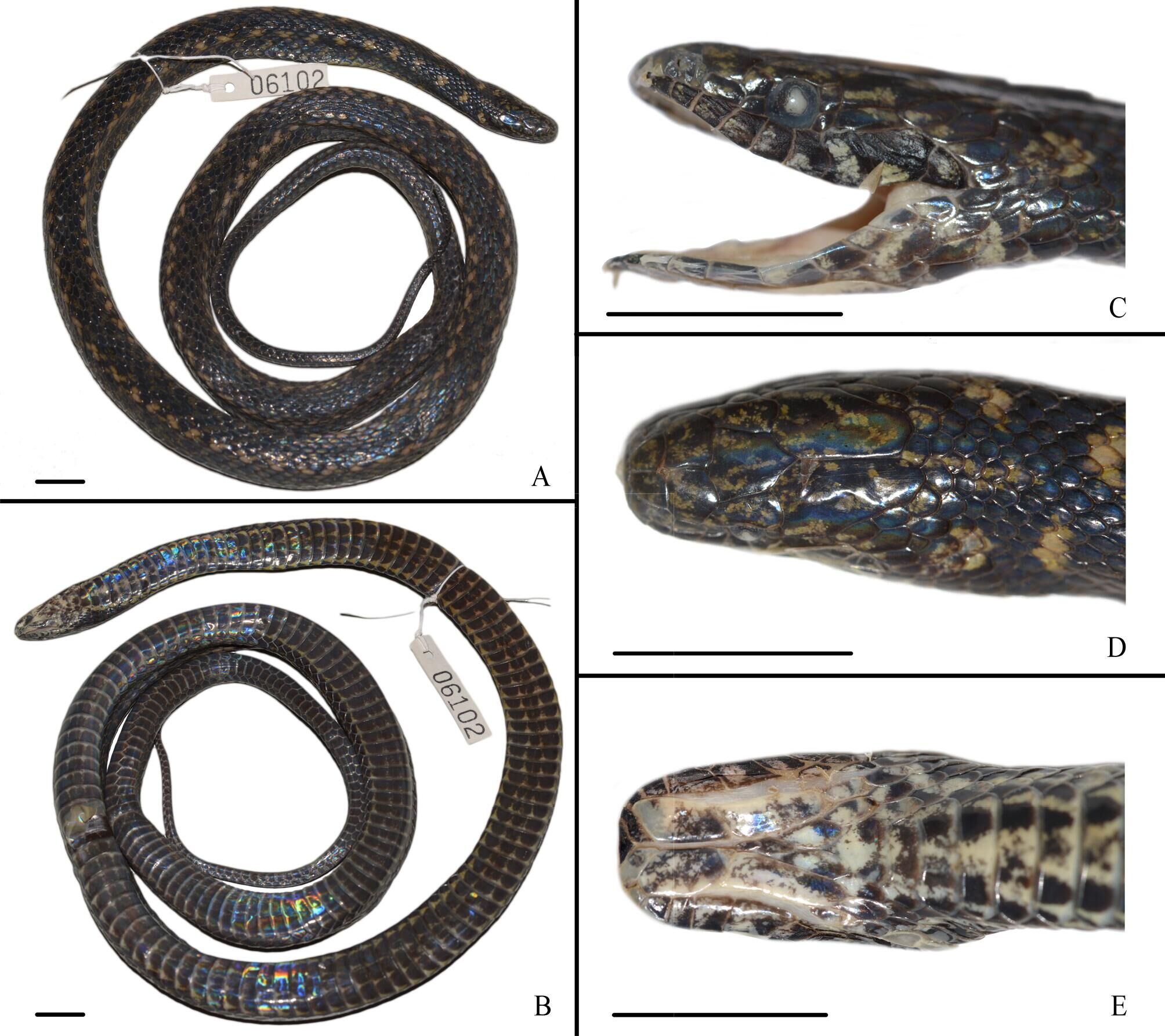| The cryptic monotypic natricine genus, Pararhabdophis, was re-discovered after 84 years |
| 2018-12-29 | | 【Print】 |
For the recognized about 3600 species of snakes, more than half of them are member of the Family Colubridae, including eight subfamilies. Keelbacks of the subfamily Natricinae within Colubridae represent a remarkable radiation of snakes in the world, distributed across multiple continents. Despite the well-recognition of its rich diversity, many natricine genera, particularly from Southeast Asia, remain understudied, mostly due to the lack of available specimens and genetic materials, phylogenetic relationships among different genera remain controversial. One of such understudied genera is Pararhabdophis, from the northern Indochinese region, which was established 84 years ago. The genus Pararhabdophis has long been known from a single holotype of the type species Pararhabdophis chapaensis only, less information available renders the genus as the least known genus in southern Indochina. This study indicated that the genus Pararhabdophis is unequivocally nested within the genus Hebius with strong support based on phylogenetic results. In addition, all morphological characters of Parahabdophis cannot differentiate it from Hebius. To maintain the taxonomic stability and best reflect the evolutionary history of the group, Pararhabdophis was synonymized with the genus Hebius as a consequence. The type species of Pararhabdophis (i.e. Hebius chapaensis) was re-described for the first time. In addition, Hebius chapaensis was reported as a new country record from China based on single male specimen from Daweishan National Nature Reserve, Pingbian County, southern of Yunnan Province. The common paraphyly of Hebius species reflects the need of continuous taxonomic analyses on the group in Asia. As very few taxonomic studies have been conducted for the Natricinae, the understanding of this subfamily in northern Indochina remains understudied. Thus this work also calls for further fieldwork and continuous taxonomic studies of the group in the under-surveyed regions. This study was conducted by the team of Prof. Li Jia-Tang (Chengdu Institute of Biology, Chinese Academy of Sciences).Latest research results have been published on Zootaxa entitled “Taxonomic re-evaluation of the monotypic genus Pararhabdophis Bourret, 1934 (Squamata: Colubridae: Natricinae) with discovery of its type species, P. chapaensis, from China” on 26th September, 2018. The research has been funded by the Strategic Priority Research Program of the Chinese Academy of Sciences, Key Research Program of Frontier Sciences, the National Natural Science Foundation of China and Youth Innovation Promotion Association of CAS.Original links: https://biotaxa.org/Zootaxa/article/view/zootaxa.4486.1.2 (Prof. LI Jiatang)
Figure1. Phylogenetic tree of Natricinae obtained by Maximum likelihood (A) and Bayesian Inference (B)Ventral view
Figure 2. General aspect of Hebius chapaensis, showing coloration in life, (A) Lateral view; (B) Ventral View
Figure3. Adult male specimen of Hebius chapaensis, in preservative, (A) Dorsal view; (B) Ventral view; (C) Lateral head view, left side; (D) Dorsal head view; (E) Ventral head view. Scale bar 10mm |





